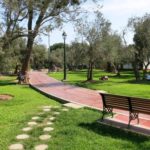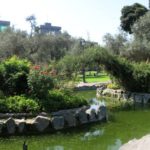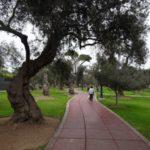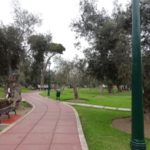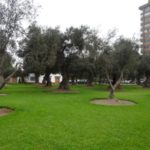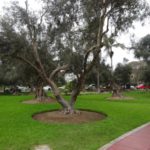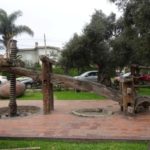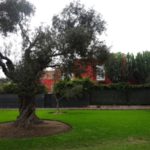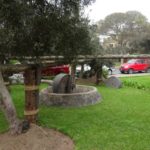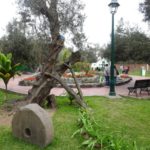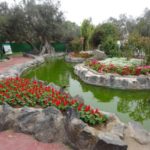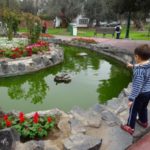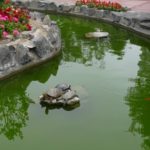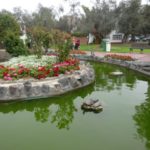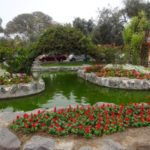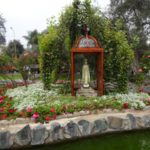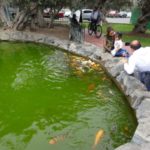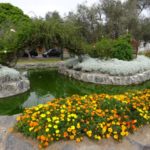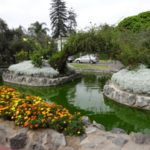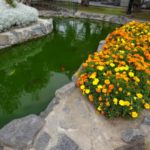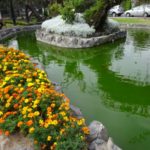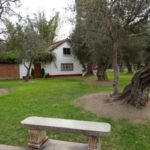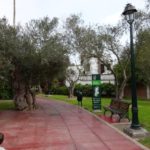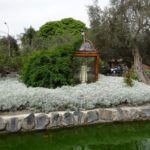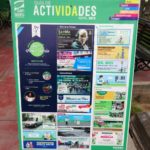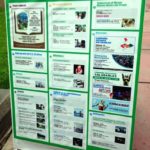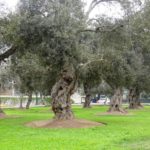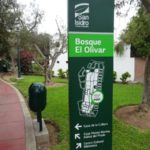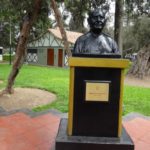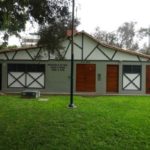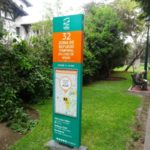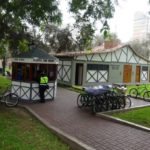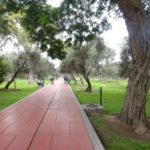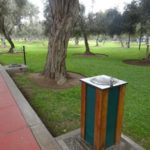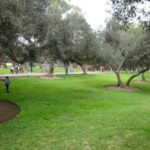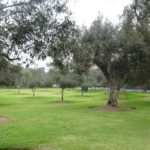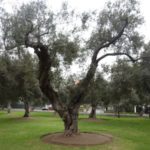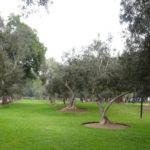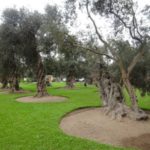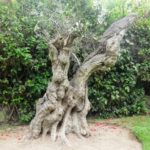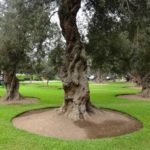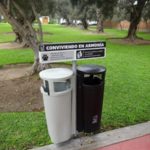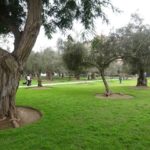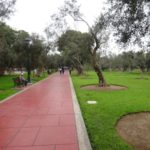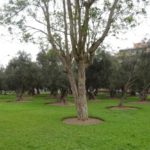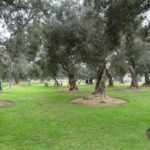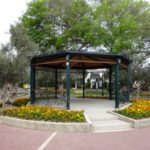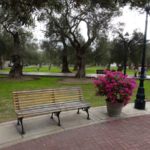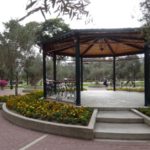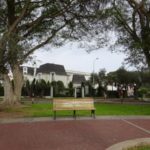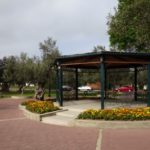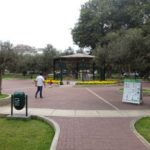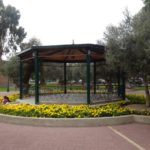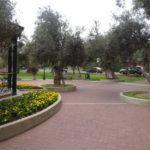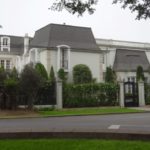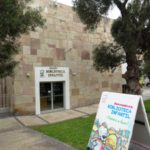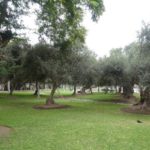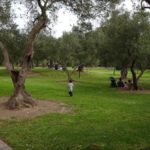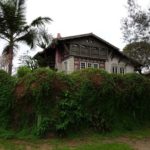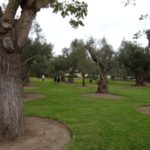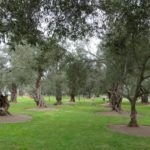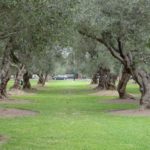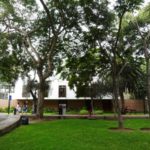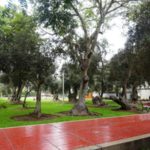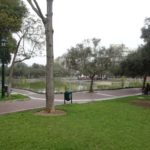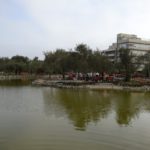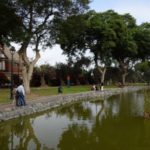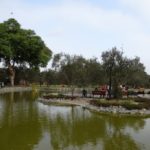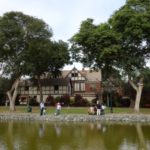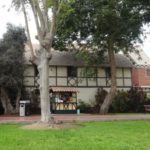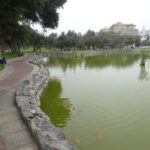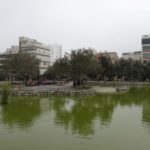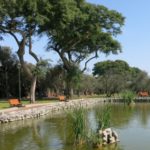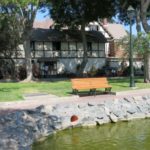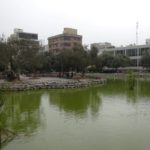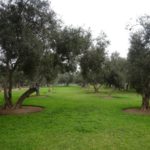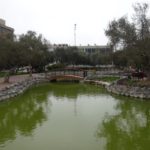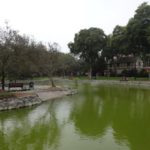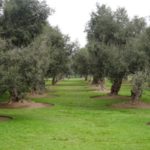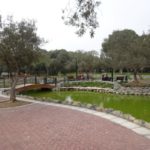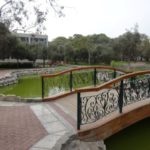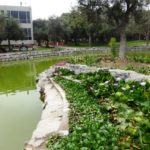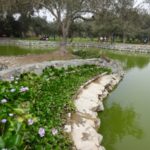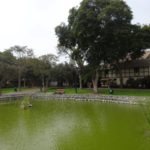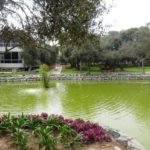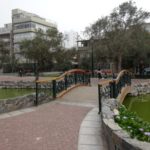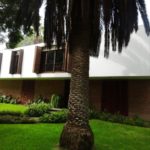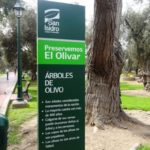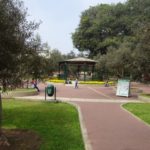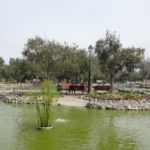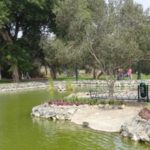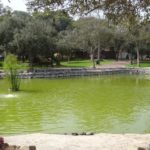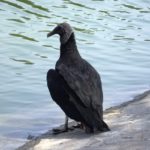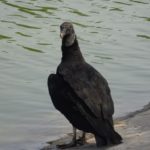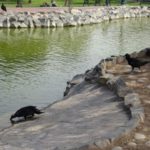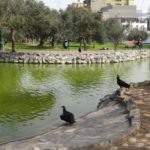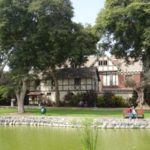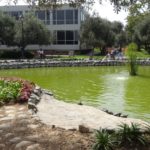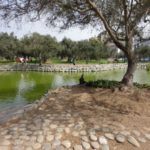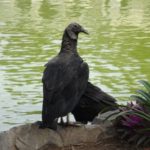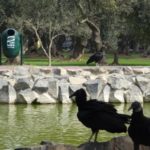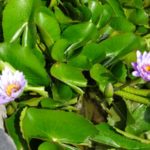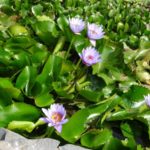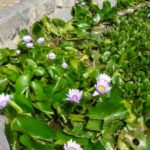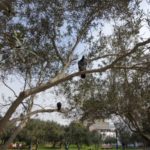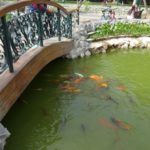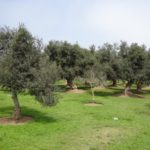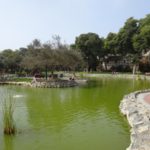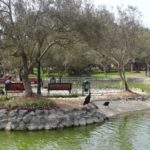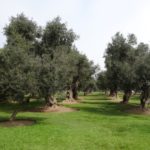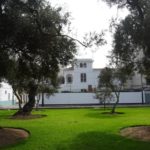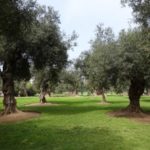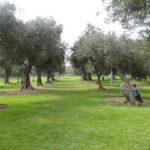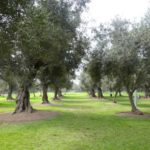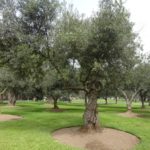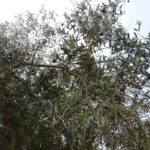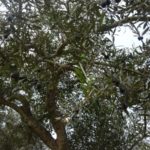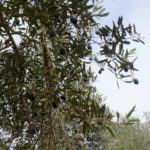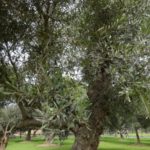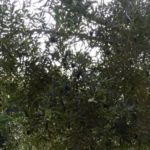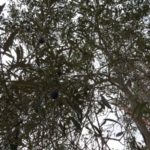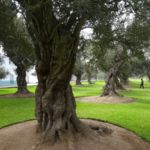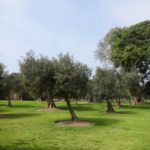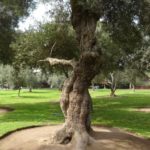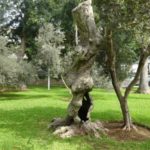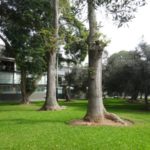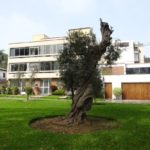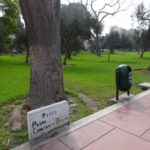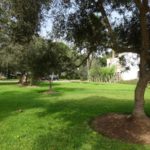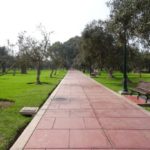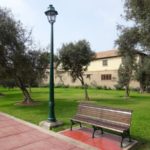In the 16th century a Spanish colonist brought several olive trees from Seville to Peru, but only three of them survived the trip. He planted those three olive trees near the Huatica River outside Lima in present-day San Isidro. Over 250 years later, there were almost 3,000 olive trees.
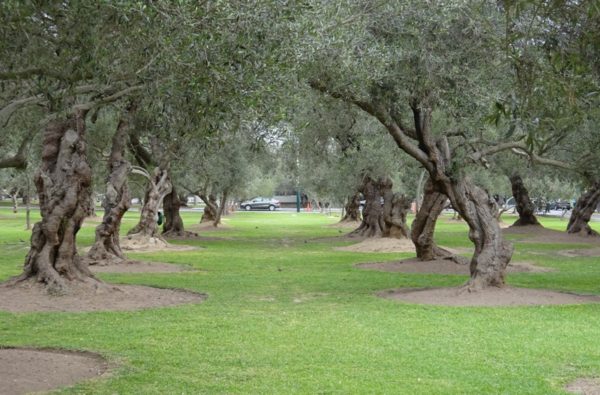
In 1959, Peru declared the 24-acre El Olivar forest a cultural heritage site. Today Bosque El Olivar is one of Lima’s largest green spaces and home to San Isidro’s municipal Casa de la Cultura, the El Olivar cultural center, the Marina Nuñez del Prado Museum and over 15 species of birds.
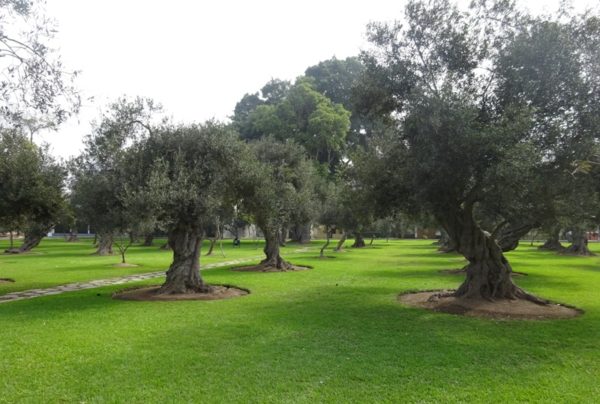
Commonly known as “El Bosque,” Olive Grove Park is a pristine, green oasis nestled in a quiet, upscale neighborhood of San Isidro. There isn’t much in the way of activities – no sports, playgrounds or dance teams – which is the attraction, a quiet getaway from the crowds in a city where tranquility is hard to find. The affluence of the surrounding homes makes Parque El Olivar one of greater Lima’s most beautiful areas.
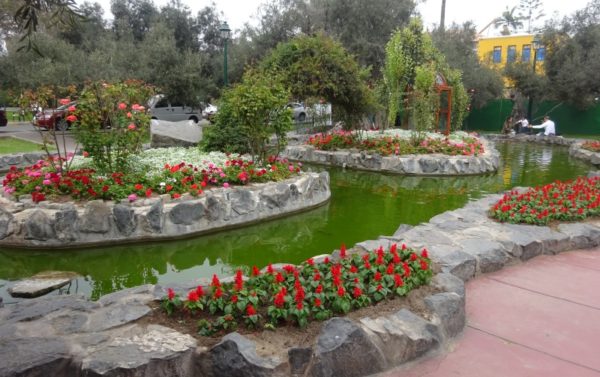
One of the first attractions coming from the north side of the park is this small rock moat full of fish. The pictures below and in the Facebook album span five years, hence the different colored flowers in the garden.
It is actually not allowed to feed the fish in Bosque El Olivar. They used to sell fish food inside the park, but prohibited any feeding after the 2016 poisoning of hundreds of fish, allegedly by a gardening service whose contract was cancelled by the city. So these folks got away with one for their little girl.
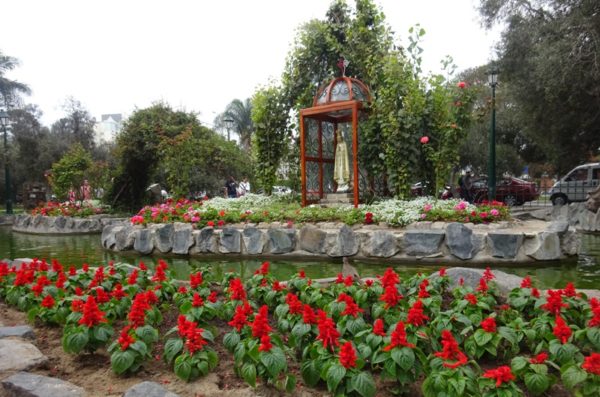
Never forget that while Peru’s constitution allows for freedom of religion, but Catholicism receives preferential treatment as the de facto official religion, so it’s not rare to see shrines to Jesus Christ or the Virgin Mary in public parks or buildings.

You’ll see these advertisements from San Isidro’s cultural agenda, which is among the richest in Peru, rivaled only by Miraflores and downtown Lima.
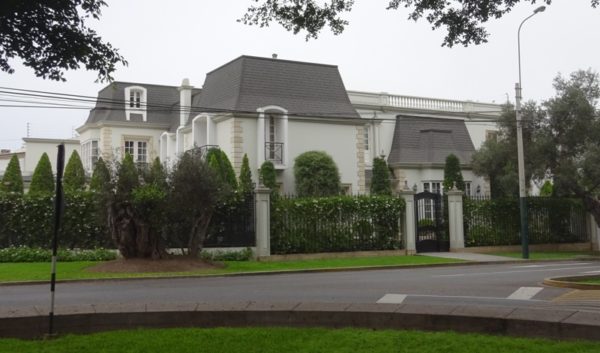
The houses, apartment buildings and hotels around the Bosque make up some of the priciest real estate in Lima. The homes are beautiful. If you have the money, there aren’t many nicer places to live in all of Peru.
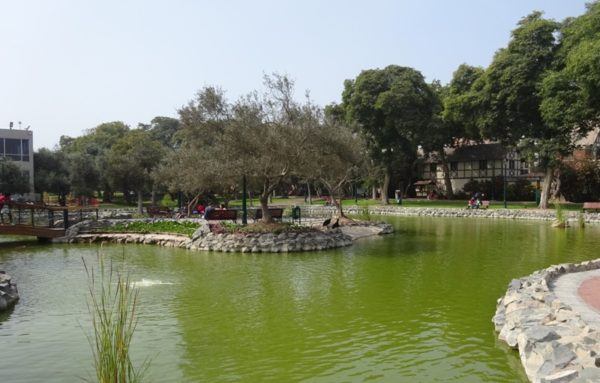
In the heart of the park is the laguna, or pond, which is much larger than the moat. The laguna is Bosque El Olivar’s main attraction and most photogenic site.
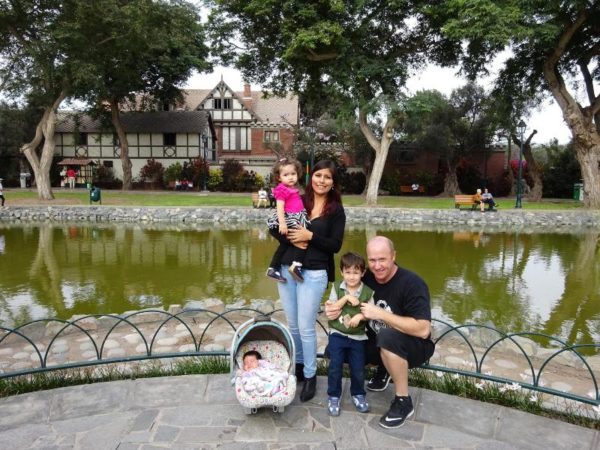
This pond is where we took my favorite picture of my family. That’s me with my wife and three children.
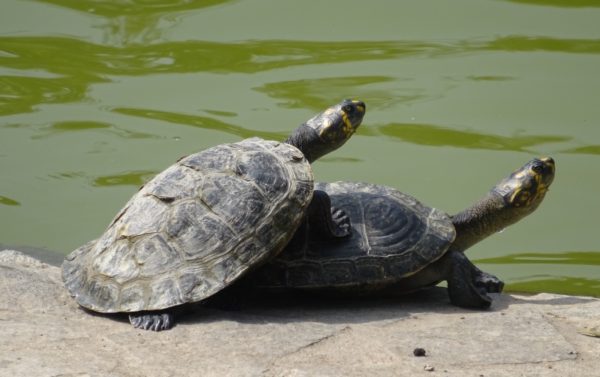
On my last visit I captured these five turtles at the pond. These two seemed to be in love. I also captured turtles from the moat (see album).
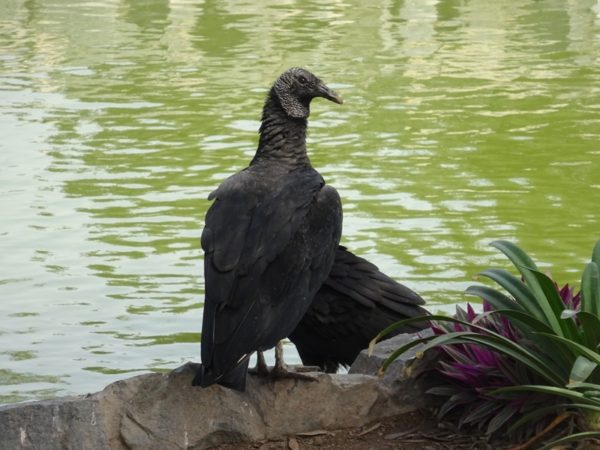
On the other side of the inlet were three black vultures, or “gallinazos” in Spanish. I have heard from native Limeños that vultures used to be a common sight in the city, as they indicate a buildup in trash. But these fellows were just here to get a drink of water. I got great shots of them and the turtles.
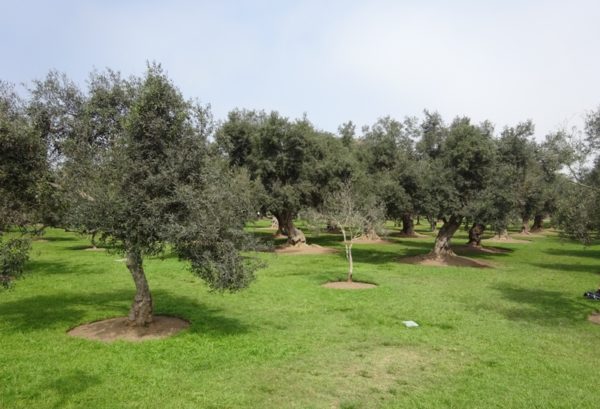
Speaking of photography, the Bosque is almost too popular for pictures. You’ll see aficionados with expensive cameras capturing the scenic views, and they’re allowed. But there were so many wedding parties and small businesses shooting in the park that the district prohibited commercial photography in the park. Sounds draconian, but you’ll appreciate the peaceful vibe.
In addition to photography, soccer is also prohibited. That doesn’t mean I can’t bring a ball and kick it around with my children. You’ll certainly see that. But the park will not allow teams of four or five a side to use the trees as goal posts (thank God!).
The Bosque is more of a place to gather without playgrounds, video games, a million vendors and other such annoyances. Entertaining the children is a bit more of a challenge, but they can always chase birds.
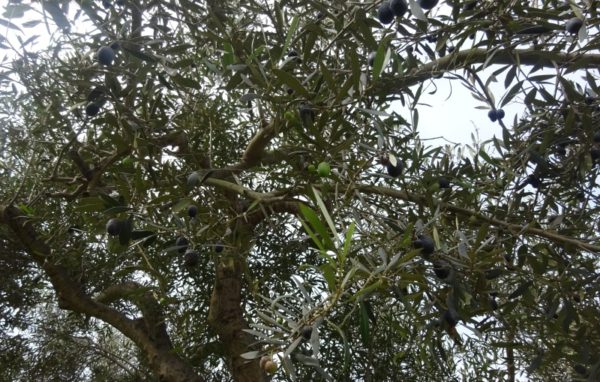
Depending on the time of year you visit, you may see black olives in the trees. It shouldn’t be a problem to take one or two, but the park security will stop you if you try to fill a few kilos into a bag. The district of San Isidro collects 10 tons of black olives every harvest.
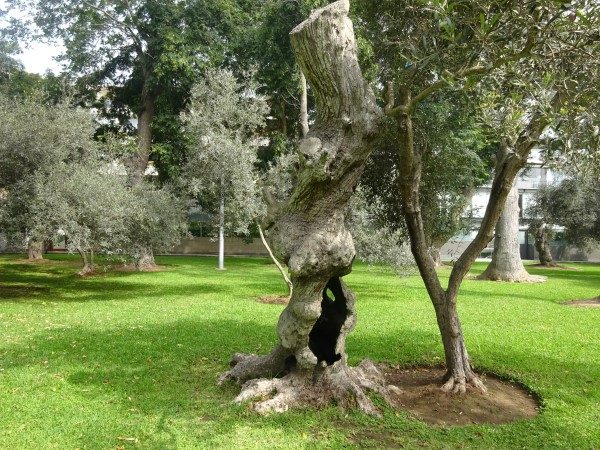
Almost 1,000 of the original olive trees have died due to lack of required maintenance over the decades, but San Isidro has made preserving the survivors a priority. Above is a dead, hollowed-out olive tree.
Location and info
Parque El Olivar is located just west of where Arequipa Avenue meets Santa Cruz Avenue in San Isidro, and south of Javier Prado a short walk from Huaca Huallamarca. Just west of the park is Conquistadores Avenue, one of the most exclusive shopping districts in Lima.
Pictures and video
Click the pics below to enlarge. For high-res slideshow viewing, see the Bosque El Olivar album on the Lima City of Kings Facebook page.
